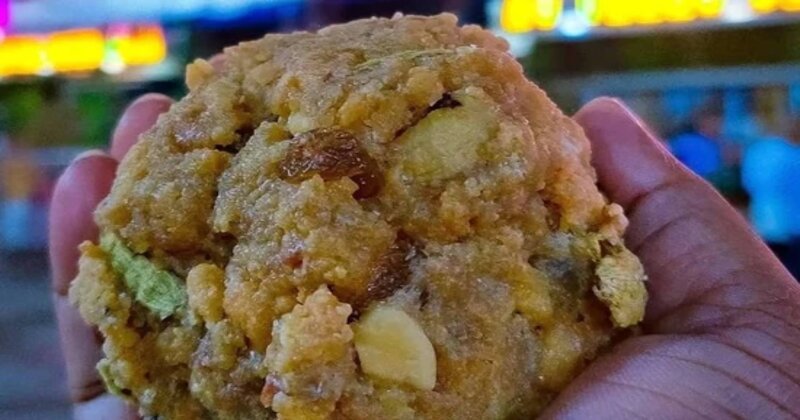
The Tirupati Laddu, a sacred offering at the Tirumala Venkateswara Temple in Andhra Pradesh, holds significant cultural and economic value. With a history dating back to 1715, the laddu has become an iconic symbol of devotion, protected by a Geographical Indication (GI) tag since 2014. The temple produces approximately 3 lakh laddus daily in its kitchen, with an annual production exceeding 100 million. The laddu is sold at different sizes, generating an estimated Rs 500 crore annually, which helps fund the temple’s activities. The recipe, closely guarded and only modified six times, relies on traditional ingredients like gram flour, sugar, and ghee.
Recently, a controversy arose when allegations surfaced that animal fat, including beef tallow, was detected in the ghee used to prepare the laddu. This sparked outrage among devotees, as the consumption of animal fat goes against Hindu beliefs. The controversy became politically charged, with the Telugu Desam Party (TDP) accusing the previous YSR Congress Party (YSRCP) government of procuring low-quality ghee. The temple management swiftly responded by blacklisting the supplier and switching to a more reputable source, the Karnataka Milk Federation, while ensuring strict quality control in their food testing labs.
Despite the controversy, the Tirupati Laddu remains a beloved symbol of devotion for millions of pilgrims. As inquiries continue into the allegations, the temple authorities are working to restore faith in the sanctity of the laddu. With its deep-rooted spiritual significance and impressive production scale, the laddu is a testament to India’s rich religious and cultural heritage, and efforts are being made to resolve the issue and maintain its revered status.

Post Your Comments